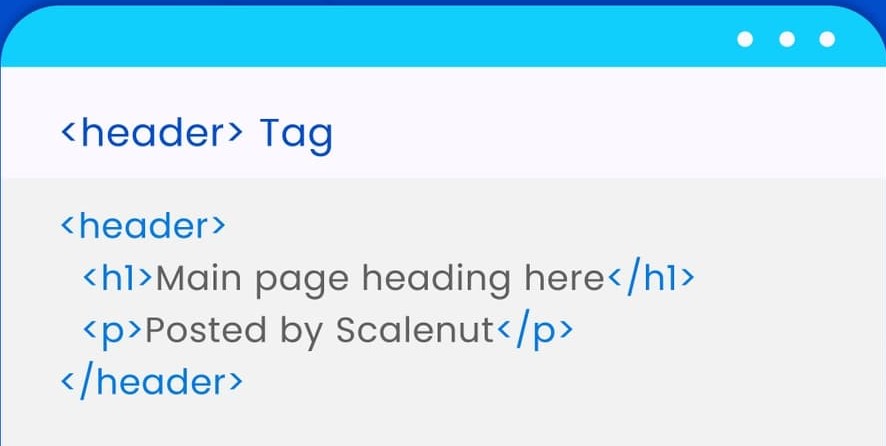When it comes to creating content for the web, it’s important to think about more than just the words on the page. There are a number of formatting elements that can help make your content more effective and search engine friendly. In this article, we will focus on the benefits of using header tags, subheadings, and other formatting elements like bold and italicized text, bullet points, and image alt tags.
But why are these elements so important? First of all, they help to structure and organize your content, making it easier for readers to scan and navigate. When your content is well organized, it’s more likely that people will stick around to read what you have to say. But it’s not just about improving the readability of your content – these elements can also help improve your search engine optimization (SEO).
SEO is the process of improving the ranking of a website or web page in search engine results. When your content ranks higher in search results, it’s more likely to be seen by a wider audience. And given that the vast majority of web traffic comes from search engines, it’s crucial to optimize your content for SEO. By using header tags, subheadings, and other formatting elements effectively, you can give search engines more context about the content on your page and improve its ranking in search results.

So without further ado, let’s dive into the benefits of using header tags, subheadings, and other formatting elements to improve SEO.
Header tags and subheadings
Header tags, also known as H1, H2, H3, etc., are used to structure and organize the content on a webpage. The H1 tag is typically used for the main title or heading of a page, while H2 and H3 tags are used for subheadings and sub-subheadings, respectively. Using header tags helps to break up your content into digestible sections and makes it easier for readers to scan and navigate.
In addition to improving the readability of your content, using header tags can also help improve your search engine optimization (SEO). Search engines use the information in your header tags to understand the structure and hierarchy of your content. By using descriptive and relevant headings, you can help search engines understand what your page is about and improve its ranking in search results.
Subheadings are similar to header tags, but they are used within the body of your content rather than at the top of the page. Like header tags, subheadings help to break up your content and make it easier to read. They also give search engines more context about the content on your page, which can help improve your SEO.

Other formatting elements
In addition to header tags and subheadings, there are a few other formatting elements that can help improve the readability and SEO of your content.
- Bold and italicized text can be used to draw attention to key points and add emphasis to your content. When used sparingly, these formatting elements can help highlight important information and make your content more engaging.
- Bullet points and numbered lists are great for organizing information and making it easy for readers to scan and understand. These formatting elements can also help improve the readability of your content, making it more likely that people will stick around to read what you have to say.
- Image alt tags are an important element to consider when it comes to SEO and accessibility. Alt tags provide a text description of an image, which can be used by search engines to understand the content of your page and improve its ranking in search results. Alt tags are also important for accessibility, as they allow people using screen readers to understand the content of an image.
Tips for using header tags, subheadings, and formatting elements effectively
When it comes to using header tags, subheadings, and formatting elements, it’s important to use them effectively in order to get the most benefit. Here are a few tips to keep in mind:
- Use header tags and subheadings to clearly organize and structure your content.
- Make sure your header tags and subheadings are descriptive and relevant to the content they are outlining.
- Use formatting elements like bold and italicized text sparingly to avoid overwhelming your readers.
- Use bullet points and numbered lists to organize information and make it easy to scan and understand.
- Don’t forget to include alt tags for all of your images to improve both SEO and accessibility.
In conclusion, using header tags, subheadings, and other formatting elements can significantly improve the readability and SEO of your content. By structuring your content and highlighting important information, you can make it easier for readers to understand and engage with your content. This, in turn, can help increase the visibility and reach of your content, as well as its perceived value to readers.
As a digital agency, we understand the importance of SEO in a content strategy. If you’re not sure how to effectively use header tags, subheadings, and other formatting elements to improve your SEO, consider working with a professional agency. A good agency will have the expertise and resources to help you create content that is both user-friendly and search engine friendly.
So if you want to improve the reach and effectiveness of your online content, don’t underestimate the power of header tags, subheadings, and other formatting elements. By using these elements effectively, you can give your content the best chance of success.



